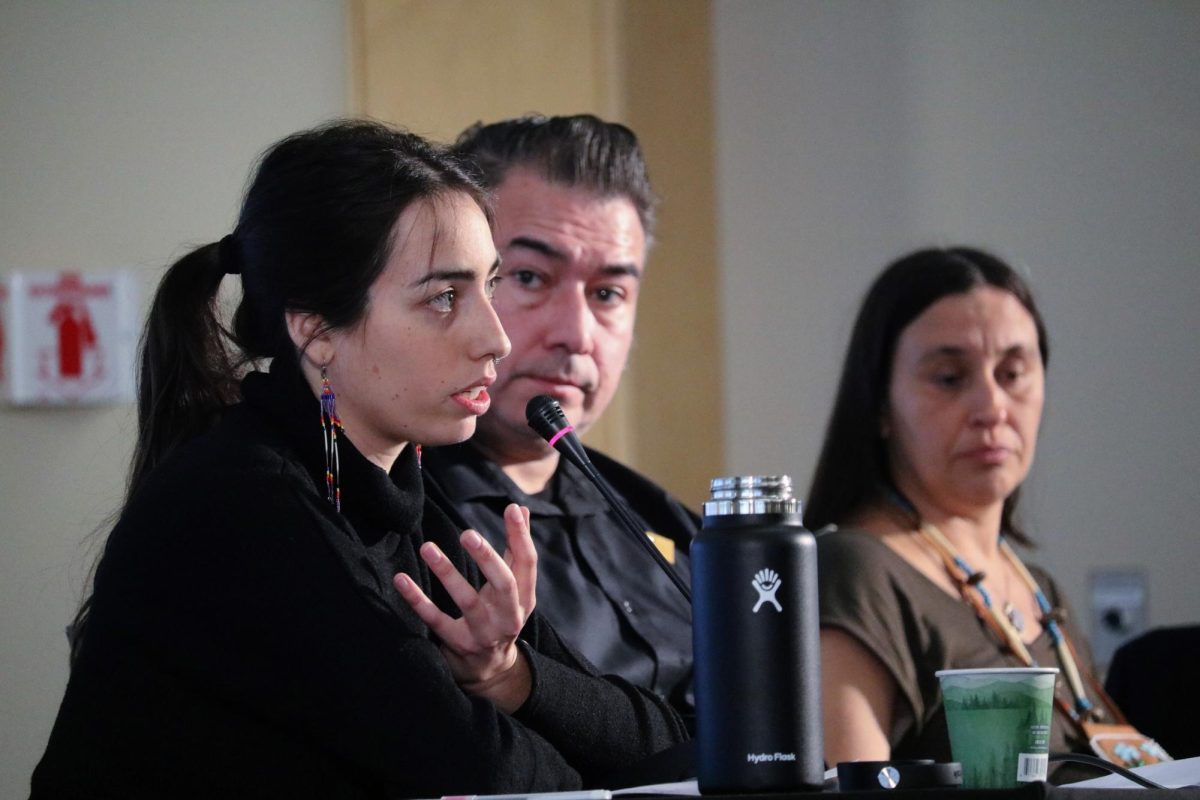On the University of Vermont campus, the influence of the SGA is everywhere. From classrooms to dining facilities to residence halls and even bathrooms, student government is usually involved somehow. However, although the Student Government Association is a driving force in the UVM community, students are often unclear about how it functions and what its purpose is. What is the SGA? The acronym itself stands for the Student Government Association. It comprises a board of elected officials and a group of 45 senators, all of whom are undergraduate students at UVM. The senators and officials work to bring fellow students’ propositions to the forefront of and represent the overall student body, both to the University administrators and the Burlington community. “I always thought of SGA as a way to really voice student issues… and hopefully change something,” former SGA senator senior Jimmy Candon said. The SGA Public Relations chair Katie Rifken described SGA’s dual function. “There’sthe club side where we fund 148 clubs,” she said. “We’re the umbrella for all the clubs on campus. Then the other part is dealing with administrators and faculty and projecting the students’ voice to them.” “I really think for a functional university you really need that link, or venue of information, going back and forth,” Rifken said.Why should students want to be informed? The SGA has a significant voice in the decision making process at the University of Vermont, according to SGA President, Bryce Jones. “They hear when students are yelling,” he said.Rifken wants students to be assured that all the issues that come through from the student body are definitely considered by the administration, she said. SGA is represented by seven different branches throughout the University, and virtually every part of student life is impacted by the actions of the senate. “If the SGA passes something, it’s representative of the whole student body,” Candon said. “If they do something you disagree with, you should show your dissent.” The student government can help provide a useful liaison between the permanent residents of Burlington and the UVM undergraduate population. The SGA recently teamed up with town residents to help bring awareness to the issue of weekend noise off-campus. Flyers drawn by elementary school students were hung up in dorms to encourage students to be respectful of their neighbors. On the school front, there has been talk of simplifying course registration. The SGA is currently working to have professors provide not only the course names, but full syllabi or detailed descriptions of their respective classes for students during selection. The SGA is also partners with student activists to ensure that their message is heard by the University’s administration. Within the past two years, UVM has made the change from Kimberly Clark paper products to a more environmentally sustainable supplier due to the combined efforts of student protesters, SGA senators and the support from University administration. What’s the best way for a UVM student to get involved? Both Rifken and Jones strongly believe public forums are the best way for a student to have their voice heard. The public forum is open to anyone and attendance is highly encouraged for anyone interested in asking questions or making suggestions. Students can get the information for dates and times on the SGA website and bring issues to the forefront by presenting concerns themselves. The forum is one of the best mediums for getting your voice heard. One of the most important things SGA does is work with rather than against, Rifken said. “Instead of students coming after a proposal is thrown out that they don’t like, senators are there in the making which is an important part of SGA,” she said. “We aren’t just speaking up. We’re a part of the process.”What types of issues are being dealt with this semester? -The ongoing challenge to move toward an entirely homegrown menu—making local food more accessible to students.-Potentially creating an audit to test how many classrooms are over capacity due to the changes made to the budget last year.-Programming to create a general education curriculum for all students to fulfill during their undergraduate years.-Something completely unforeseen. “New things always come up,” Jones said. “You never know when the next Westboro Baptist will come into play.” How are student issues taken and brought to light for the administration of UVM? The SGA is a link directly to the administrators at the University. Any resolution or bill, once formulated and written by the senate, is immediately fielded by University President Daniel Mark Fogel. “We are given the opportunity to comment and provide our suggestions, which is really beneficial and productive for creating that relationship with students and administrators,” Jones said. “I personally use ‘Tix Me Off,'” Candon said. Tix Me Off is a program students can use from their MyUVM account to submit complaints to the SGA. The concerns are then directed to the appropriate department. How can students stay updated on the SGA’s status?-Visit HYPERLINK “http://www.uvm.edu/sga/”http://www.uvm.edu/sga/ for weekly minutes from meetings- Check out The Lynx- Attend the public forum- Watch UVM TV (first episode Sunday Sept. 26)- Look for the SGA highlights in The Cynic
Categories:
SGA Feature
September 28, 2009
0
More to Discover







